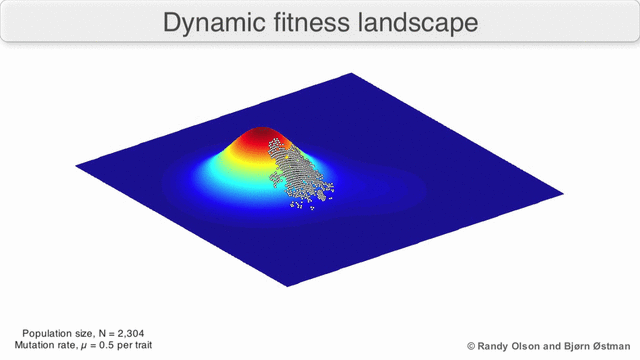Aprendi
há quase 10 anos que
o leite é a commodity alimentar por excelência:
"Milk is the ultimate low-involvement category, and it shows. Only 10% of the international sample (in Denmark, Germany and Spain the number is less than 5%) would expect the private label version to be of a lesser quality."
Commodities regem-se por este modelo mental:
O que é que um produtor de leite avisado a operar num mercado natural, livre de activismos políticos, faz?
.
Procura fazer girar aquele círculo da figura o mais rapidamente possível para crescer mais depressa que os concorrentes e colher os frutos das economias de escala.
.
Mesmo em Portugal, país com um mercado inquinado pelo activismo político, temos esse tipo de concentração e aumento do tamanho médio das explorações leiteiras. Ver, por exemplo, "
Portugal perdeu 90% das explorações leiteiras em 20 anos"
.
Em 2011, num postal, publiquei estes números:
"Terceiro: Quantas vacas existem em média numa exploração leiteira
Na Roménia? 1,5
Em Portugal? 18 (em 2010); 10 (em 1995)
Em Espanha? 42 (em 1995)
Em França? 60 (em 1995)
Na Alemanha? 55 (em 1995)
Na Dinamarca? 69 (em 1995)
No estado do Wisconsin? 98 (em 2010)"
Apesar de tudo, foi com algum espanto que na quinta-feira à noite, via @nticomuna cheguei a este número "
Over half of US dairy herds now milk over 900 cows"
.
Como é que num negócio em que o que conta é o preço (logo o custo), uma exploração com 30 vacas, ou 50 vacas, pode competir com uma de 500 ou de 900 vacas? (900 é só o número médio)
.
Não pode! Daí nasce o apelo ao activismo político, ao proteccionismo, ao barulho da rua.
.
Pena que não se aposte no pensamento estratégico. Pena que não se olhe para aquela figura lá em cima e se pense fora da caixa.
.
Como se pode dar a volta ao modelo da comoditização? Como se pode promover a decomoditização?
.
Recordar aquela mensagem recente de
Seth Godin:
"A commodity is a product or a service that no one cared enough about to market."
O calçado português não conseguia competir com os chineses a fabricar sapatos que se vendiam a 20 euros. O que se fez? Mudou-se de paradigma e agora fabricam sapatos que se vendem a 230 euros.
.
Primeiro, escolher os clientes-alvo.
.
Segundo, diferenciar a oferta.
.
Terceiro, criar uma marca.
.
Quarto, concentrar e alinhar actividades e comportamentos na nova oferta e no novo modelo mental.



























